Best Kamado Grill for 2024
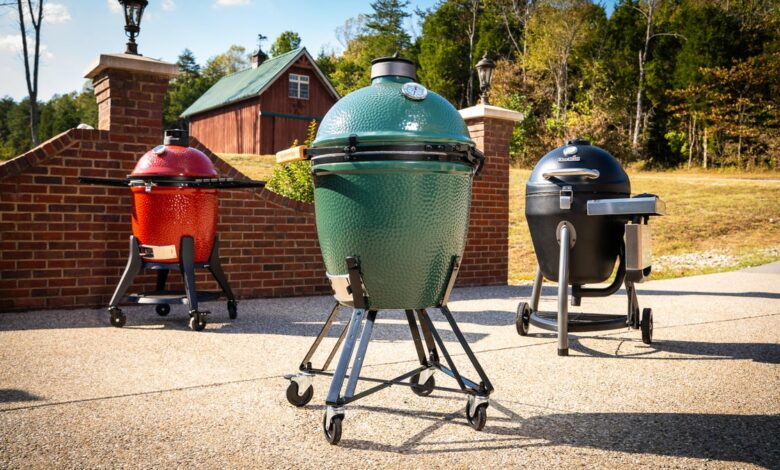
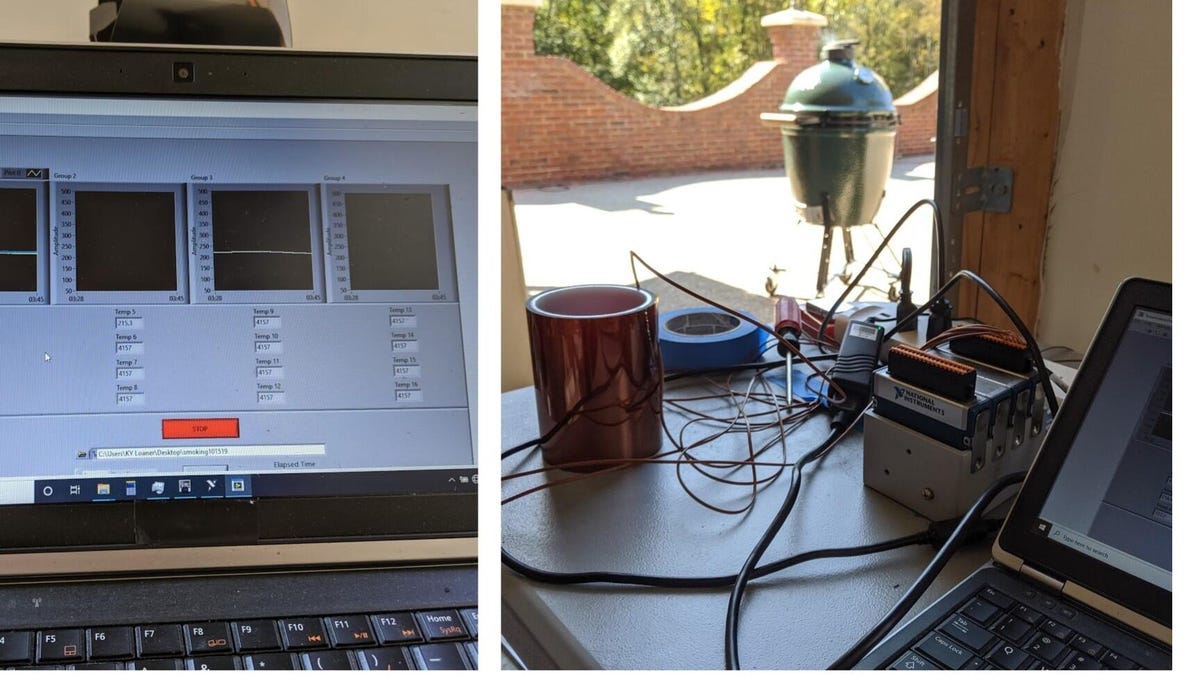
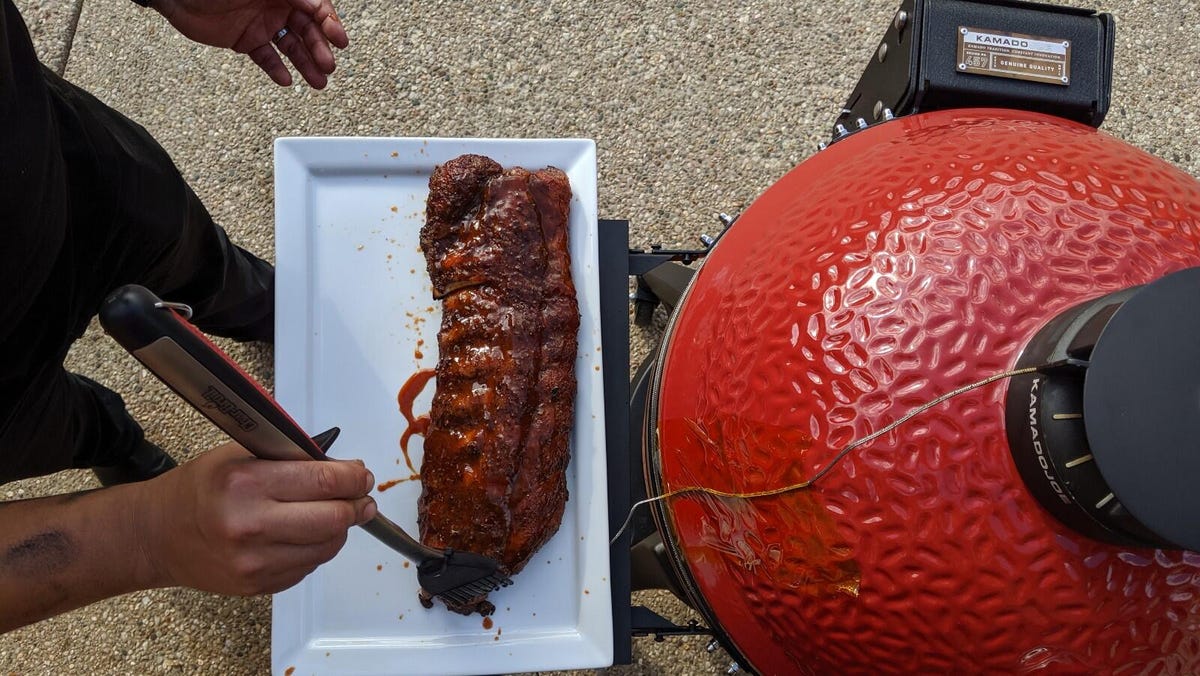
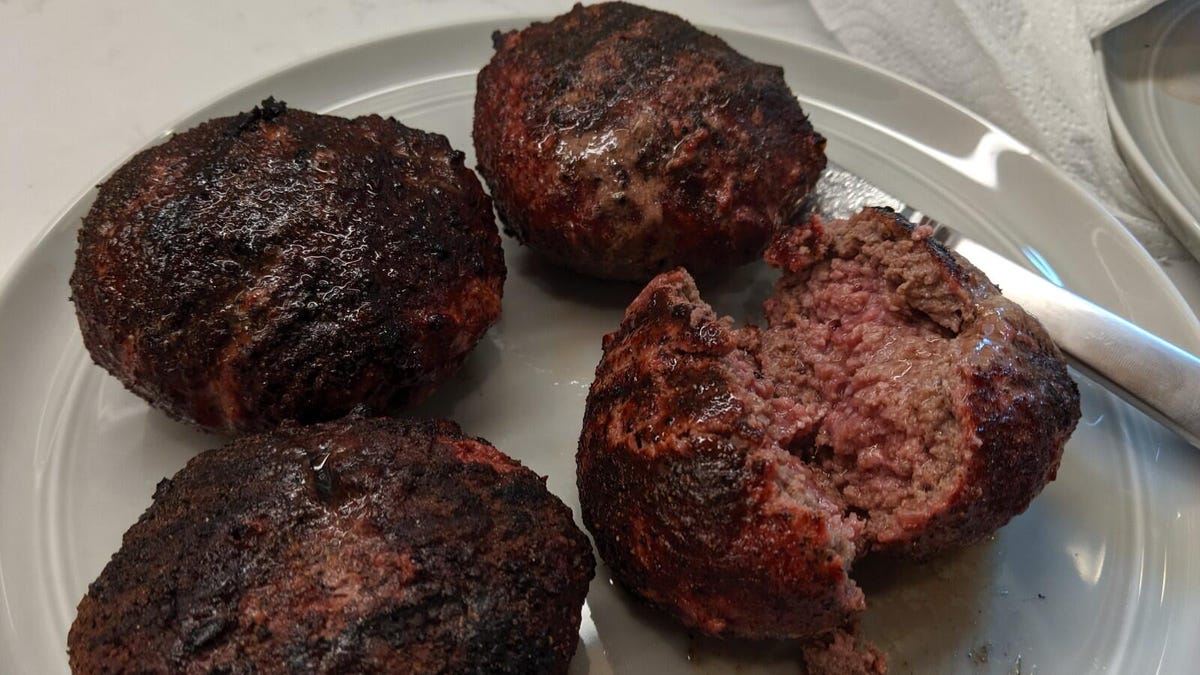
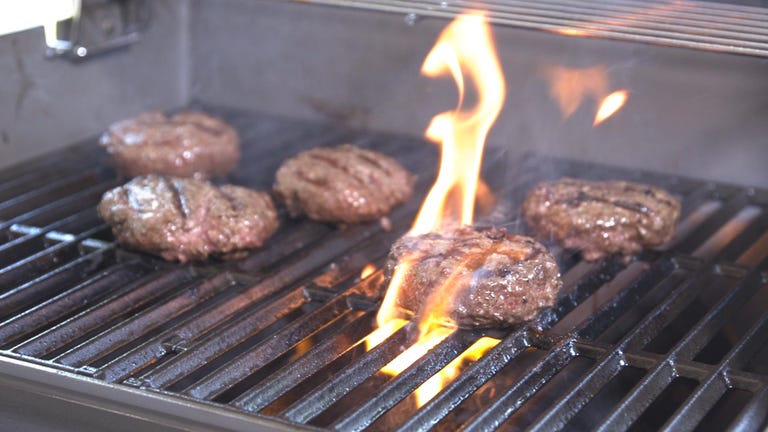
Testing kamado grills is an intense experience for a griller. It requires playing with fire (literally) and high temperatures, but in a controlled, responsible manner. The most critical element to kamado performance is heat, specifically temperature control and how well a grill maintains a certain temperature. For smoking meat low and slow, that magic number is 225 F. Good smokers, kamado or otherwise, can hold that temperature for 12, 15, or 20 hours. This means that the temperature gauge is essential, as is the ability to control airflow via air vents or dampers.

We monitor the internal temperature of the kamado grills while they are grilling.
To capture temperature data, we place a thermocouple on each kamado grill. It’s essentially a sensitive temperature sensor that consists of a probe and an attached wire. The thermocouple hangs just 1 inch above the cooking grate. It’s connected to a data logger and ultimately a computer that records changes in heat levels over time.
Then it’s time to fire up the grills.
We try to do temperature tests on all grills at the same time. We also use the same weight and brand lump of charcoal (4.4 pounds or 2 kg), often from the same bag. This also applies to firelighters (one per grill).
A stable heat is essential for good performance of a kamado smoker.
Then we light them as directed in their manuals, if available. Typically this means we let the coals burn for 15 minutes, with the lid open, and then close the grill. At this point, the vents remain wide open until the grill is within 50 degrees of the target temperature.
We carefully fiddle with the vents to get there. Finally, we let go of the controls and observe.
We follow the same procedure for our higher temperature test, with a target temperature of 350 F. The idea here is to simulate the heat output needed to roast chicken and other poultry.

We smoke spareribs and other foods for anecdotal testing.
And speaking of food, we do a lot of “anecdotal testing” as well. We smoke a rack of baby back ribs (225 F) on each grill. We butterfly (also called spatchcock) and roast chickens as well. These come from our local Costco and weigh about 5 pounds each. Finally, we grill a set of four 8-ounce burger patties on high (600 F).

Anyone up for burgers?
Want more options? Here are the other two kamado grill models I reviewed for this test group. Although they didn’t make my selection, you can check them out for comparison:

Check this out: Gas Grill Testing at CNET Smart Home




